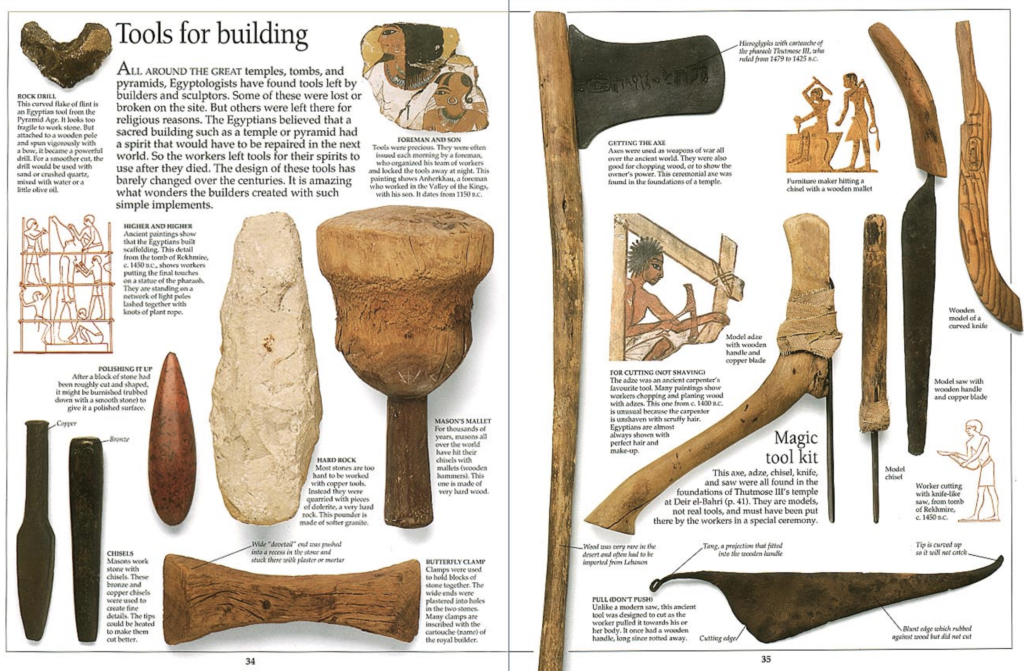Table of Contents
During the 17th and 18th centuries, the creation story as calculated by James Ussher, an Anglican archbishop, was commonly taught as historical fact.
Ussher’s chronology, which dated the creation of the world to 4004 BCE, was widely accepted and became part of religious education.
This timeline was often integrated into early history lessons, especially in schools influenced by the Church.
The authority of the Roman Church and other religious institutions helped ensure that this version of history was passed down for generations, forming the basis for what many students learned about the origins of the world and humanity.
The formal teaching of history in schools began to develop during the 18th and 19th centuries, driven largely by nationalist movements and the expansion of public education systems in Europe and the United States.
What Schools Taught About History
In the early years of formal history education, schools focused on presenting a simplified and often nationalistic view of the past.
Students were taught that monumental structures like the pyramids of Egypt were built by large labor forces under the direction of powerful rulers, often downplaying the sophisticated engineering methods and social organization required.

The history of human civilization was presented as linear, with early humans portrayed as primitive and society advancing steadily over time.
The age of humanity was also often underestimated, with many history curricula aligning closely with biblical timelines that suggested humans had been on Earth for only a few thousand years.
Teaching of Ancient History of the Americas
In the early years of formal history education, the ancient history of the Americas was largely overlooked in favor of European-centric narratives.
The indigenous civilizations of the Americas, such as the Maya, Aztecs, and Inca, were either briefly mentioned or portrayed as primitive societies that were ultimately supplanted by European settlers.

It was not until the mid-20th century that schools began to include the history of the Americas more comprehensively, acknowledging the achievements of indigenous peoples.
Darwin’s Theory in School Curriculums
Darwin’s theory of evolution took many decades to integrate fully into school curricula. Initially met with resistance, particularly from religious institutions, the integration of Darwin’s teachings into educational systems began in earnest in the early 20th century.
By the mid-20th century, evolution was increasingly accepted as a core component of biology education in many countries, mainly Europe and North America. However, even today, teaching evolution in schools is still debated in some regions where religious beliefs influence education policy.
Geological Discoveries and the Clovis Theory
Around the same period, advances in geology and archaeology further reshaped our historical understanding. The discovery of ancient stone tools, such as those associated with the Clovis culture in North America, provided tangible evidence of early human activity dating back tens of thousands of years.
This evidence contradicted the previously accepted timelines of human settlement and suggested that humans had spread across the continents much earlier than previously believed.
Persistent Linear Narratives in Modern Education
Despite the progress made in understanding the complexity of human history, some schools today still teach a linear progression of civilizations.
The narrative often focuses on the advancement from ‘primitive’ societies to ‘civilized’ societies, following a simplified path from ancient cultures like Mesopotamia and Egypt to modern Western nations. This Eurocentric view emphasizes technological and societal milestones as progress indicators, often ignoring the simultaneous, complex developments in other parts of the world.
While curricula have started to diversify and include multiple perspectives, the legacy of linear historical narratives remains embedded in many educational systems.
Anthropology, genetics, and climatology
The development of disciplines such as anthropology, genetics, and climatology has allowed us to reconstruct a more intricate picture of the past, highlighting connections and influences that were previously overlooked.
The Great Flood: An Event Around 10,800 BCE
Another significant aspect of historical understanding involves the concept of a great flood that occurred around 10,800 BCE.
The idea of a massive flooding event is associated with many cultures and is often associated with myths of a global deluge.
Geological evidence, such as sudden climate changes and large-scale flooding, suggests that an event often called the Younger Dryas Impact Hypothesis, could have contributed to significant changes in early human societies.
Though traditionally tied to mythological narratives, modern scientific discoveries have lent some credence to the idea that large-scale flooding impacted early civilizations, possibly shaping human migrations and cultural shifts during this period.
Let’s rediscover this apocalyptic event that took place around 12,800 years ago.
